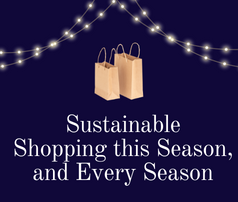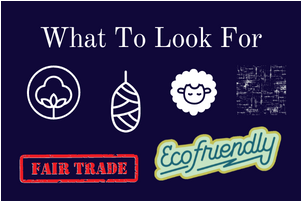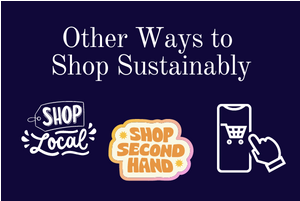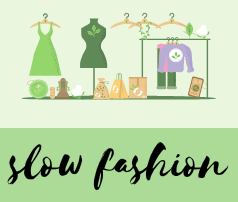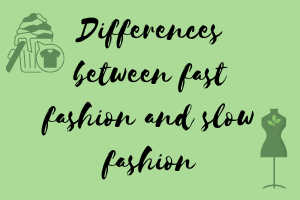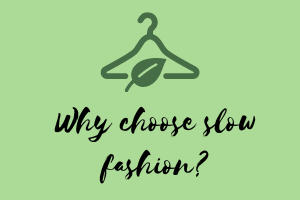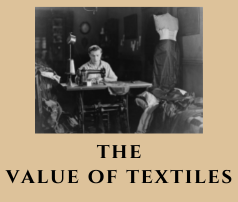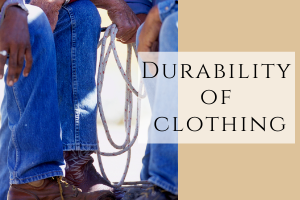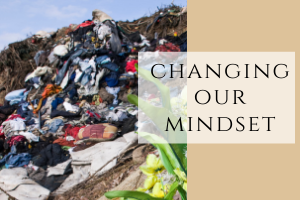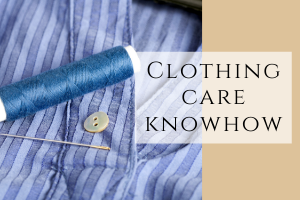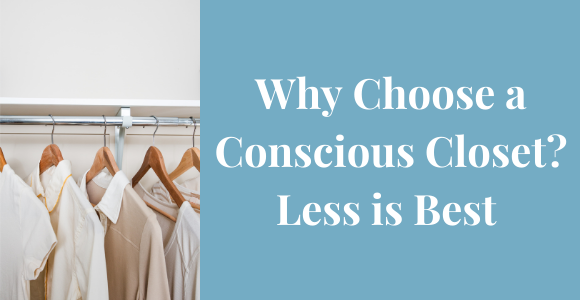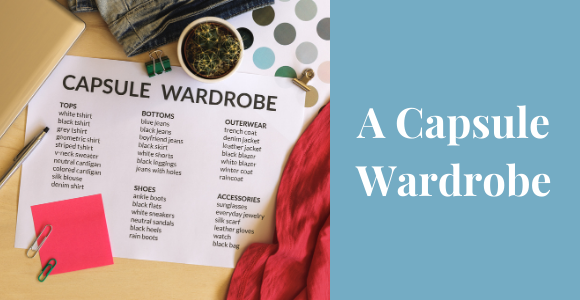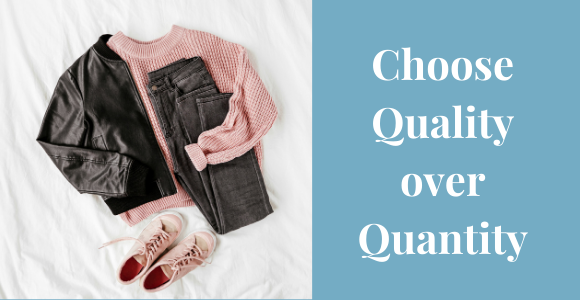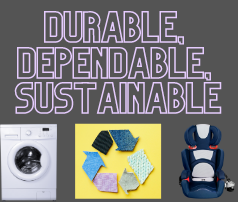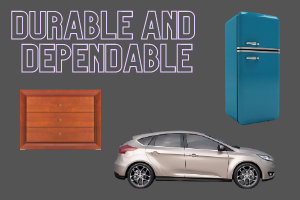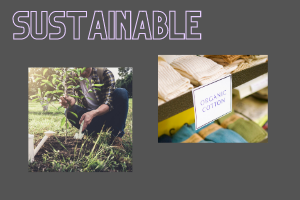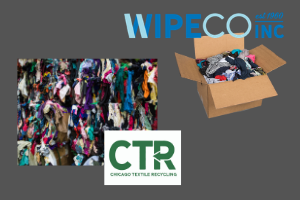 Green Benefits
Green Benefits
Earth Focused Holidays

The months of March and April bring many different holidays and remembrances promoting recycling and ways of caring for our planet. These include: Global Recycling Day on March 18, Earth Hour on March 25, Earth Day on April 22 and Fashion Revolution Week the week of April 24. On this first day of March, we would love to share a little more about each of these days and the history as well as the potential impact each can play toward our future. There are many ways to celebrate and to get involved locally and on a larger scale.
Global Recycling Day – March 18

The first of these holidays is Global Recycling Day. Celebrated on March 18 on the heels of St. Patrick’s Day, “Global Recycling Day was created in 2018 to help recognise, and celebrate, the importance recycling plays in preserving our precious primary resources and securing the future of our planet. It is a day for the world to come together and put the planet first.” (found here) It is a day to raise awareness and volunteer in a variety of ways to help care for our planet.
The Global Recycling Commission set out a twofold mission for this holiday:
“1. To tell world leaders that recycling is simply too important not to be a global issue, and that a common, joined up approach to recycling is urgently needed.
2. To ask people across the planet to think resource, not waste, when it comes to the goods around us – until this happens, we simply won’t award recycled goods the true value and repurpose they deserve.” (found here)
As the first holiday in our lineup, Global Recycling Day sets out an important agenda for calling on our leaders to unite in pushing for political reforms to highlight the importance of recycling and for enlightening others around the world about its importance in their day to day life choices.
Earth Hour – March 25

Our second planet-honoring holiday this season is Earth Hour, which is observed for one hour on the last Saturday in March. From 8:30-9:30pm on Saturday, March 25th people around the country and even world will be turning off their lights to honor Earth Hour. 2022 saw “people from 192 countries and territories [come] together in support of people and our planet. We saw landmarks turn off their lights and supporters switch off at home, as well as a range of activities such as virtual concerts, mangrove planting, street clean-ups and virtual runs.” (found here)
Earth Hour was “started in 2007 by WWF and partners as a symbolic lights-out event in Sydney to raise awareness of climate change,” (here) and has now “become a catalyst for positive environmental impact, driving major legislative changes by harnessing the power of the people and collective action.” It is easy to participate in this event. Simply turn off your lights for this one hour in March. And feel free to become involved in bigger ways too – through writing legislators to cleaning up parks and more.
Earth Day – April 22

A third, and very well known, planet loving holiday this Spring is Earth Day. Celebrated on April 22, Earth Day “marks the anniversary of the birth of the modern environmental movement in 1970.” (found here) Begun by two senators as teach-ins on college campuses, that first year “Earth Day inspired 20 million Americans — at the time, 10% of the total population of the United States — to take to the streets, parks and auditoriums to demonstrate against the impacts of 150 years of industrial development which had left a growing legacy of serious human health impacts.” Over the decades, Earth Day has become a global holiday involving over 100 countries in the mission to take better care of our planet.
On their website, Earth Day 2023 has six ways to make a difference this year:
- Educate our youth through classroom learning
- Break free from single use plastics
- Plant trees (through the Canopy Project)
- Use your voting power to protect our environment
- Clean up communities, beaches, rivers, lakes, trails and parks
- Choose sustainable fashion over fast fashion
Many cities post about Earth Day celebrations – so be on the lookout for ways to get involved in your own neck of the woods and help care for planet Earth.
Fashion Revolution – Week of April 24
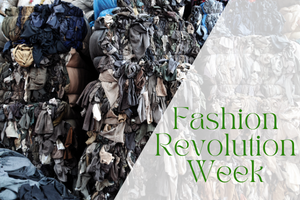
The final way we spread awareness, and honor the care of our planet over these few months is through Fashion Revolution Week, which always falls on the week of April 24, commemorating the collapse of the Rana Plaza garment factory in Bangladesh. You can read more about this in our blog “5 Ways to Fight Fast Fashion.” In 2013, over one thousand young women were killed and more than 2,500 more were injured when the building collapsed.
On their website, they list numerous ways to get involved here, including packets on ways to get involved, hosting an event, educational resources for teachers and educators and posters to print to help spread awareness. Also on our blog listed above, we share five ways to get involved in the fight against fast fashion.
We Can Care All Year Long
Though these four commemorations and holidays all fall within the months of March and April, don’t feel limited to volunteer or spread the word only during these months. Park services are always looking for volunteers to help clean up and take care of parks and beaches. There are many months where you can help plant trees or butterfly and bumblebee friendly plants. Educating others and spreading awareness can happen any time of the year. And we can always change our way of living by starting to recycle and making more conscientious decisions about the things we purchase.
